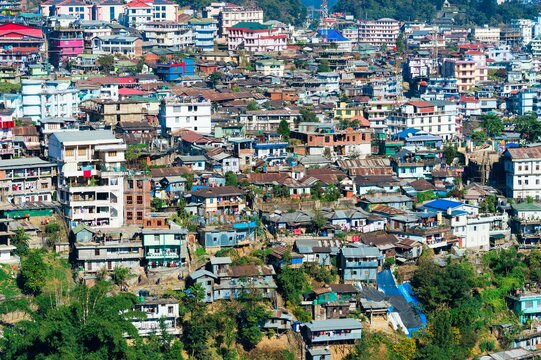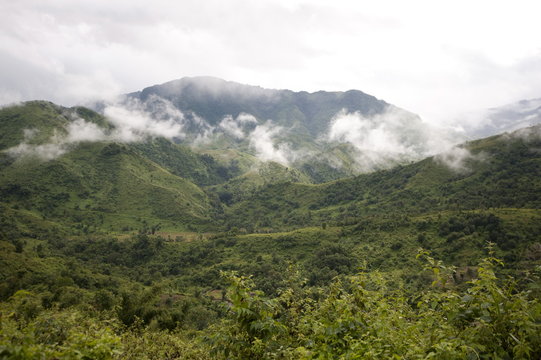Places to visit in Nagaland
Steeped in tribal heritage and natural splendor, Nagaland offers unforgettable experiences for every traveler. Discover misty valleys, vibrant festivals, and ancient warrior villages among the top places to visit in Nagaland, where adventure and culture collide in India’s northeast frontier.
Kohima
The capital city blends history and culture, home to the iconic Kohima War Cemetery commemorating WWII’s Battle of Kohima. Visit the State Museum to explore Naga artifacts, from tribal jewelry to ancient weaponry. The bustling Kohima Market offers local handicrafts and smoked meats, while the Catholic Mary Help of Christians Cathedral provides panoramic city views. Don’t miss the Kisama Heritage Village, the epicenter of the Hornbill Festival, where Naga tribes showcase their dances, music, and crafts. Kohima’s mix of colonial relics and tribal vibrancy makes it Nagaland’s cultural heartbeat.

Kisama Heritage Village
The cultural hub for the Hornbill Festival, showcasing Naga tribes’ dances, crafts, and traditions.

Dzukou Valley
A trekker’s paradise with lush green hills, rare lilies, and breathtaking sunrise views.

Khonoma Village
Asia’s first green village, known for its eco-friendly farming and Angami tribal heritage.

Mokokchung
The heart of Ao Naga culture, famous for festivals, coffee, and colonial-era churches.

Mon Village
The land of the Konyak tribe, known for their tattooed faces and headhunting past. Meet the last surviving Konyak warriors, their skin etched with traditional ink, at Longwa Village, where homes straddle the India-Myanmar border. The Angh’s (chief’s) house displays skull trophies and opium pipes, offering a glimpse into a fading era. Attend the Aoleang Festival (April) to see spear dances and fire rituals. Mon’s rugged terrain, dotted with wooden totems, feels frozen in time—a stark contrast to Nagaland’s modernizing towns.

Dimapur
Nagaland’s commercial gateway, featuring ancient Kachari ruins and bustling craft markets.
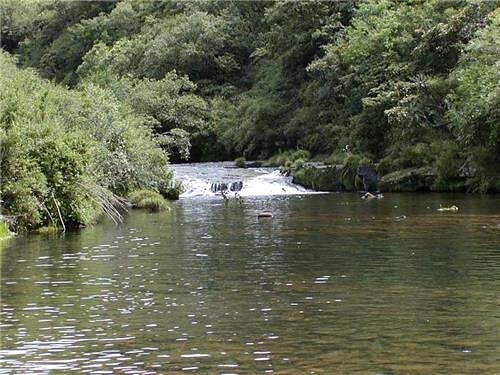
Wokha
Known for orange orchards, Amur falcon sightings, and the scenic Doyang River.

Tuophema Village
A serene Angami village offering homestays, traditional feasts, and cultural immersion.

Pfutsero
Nagaland’s highest town with apple farms, chilly weather, and stunning Glory Peak views.

Meluri
A hidden gem near the Myanmar border, Meluri is famed for its surreal Zanibu Peak rock formations and the Liphanyan Governor’s Camp, a British-era outpost. The Pochury tribe’s Nazu Festival (January) features log-drum performances and communal feasts. Hunt for rare Nagaland chillies in local markets, or trek to Lover’s Paradise, a cliff with heart-shaped foliage. Meluri’s raw, untouristed vibe appeals to those seeking Nagaland beyond the usual trails.
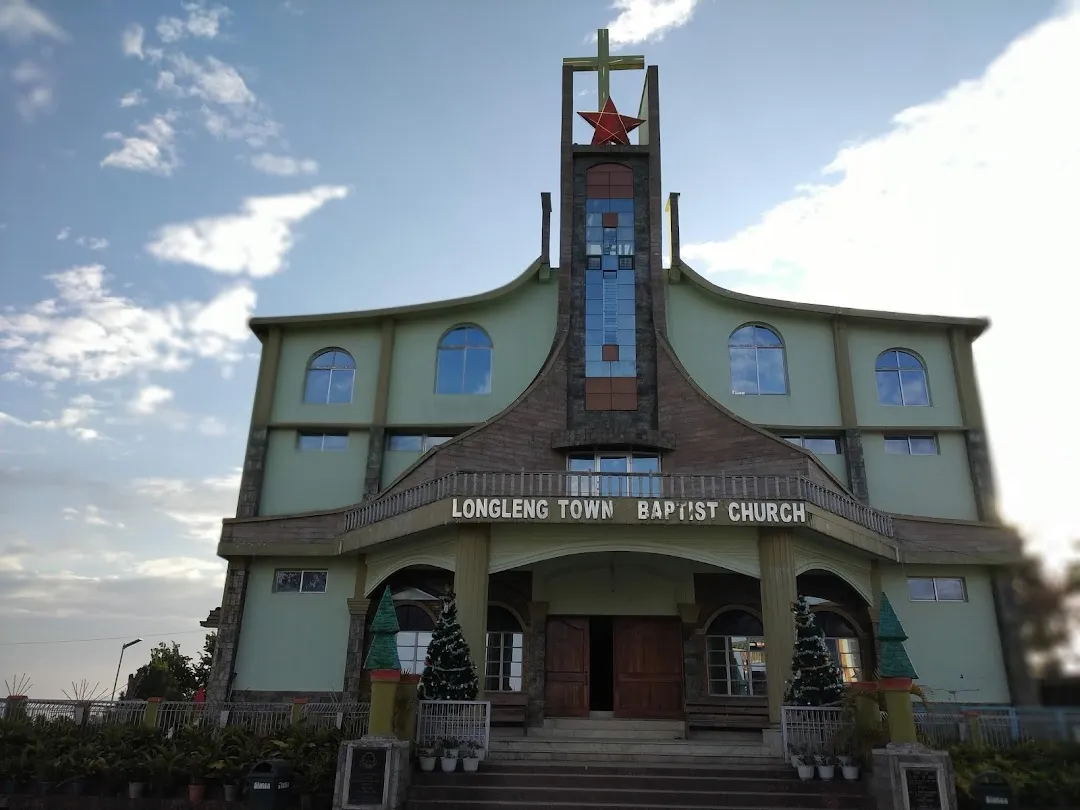
Longleng
Home to the Phom tribe, Longleng hosts the vibrant Monyu Festival (April), where warriors perform spear throws and elders sing harvest ballads. The Town Baptist Church, with its bamboo-and-wood architecture, reflects indigenous Christian fusion. Explore nearby Naginimora, where the last queen of the Konyaks once ruled. Longleng’s slow pace and terraced fields, glowing golden at sunset, embody rural Nagaland’s quiet poetry.

Shilloi Lake
Tucked near the Myanmar border, this heart-shaped lake is shrouded in local lore—believed to be an angel’s footprint. Surrounded by misty pine forests, it’s a sanctuary for migratory birds and the rare Blyth’s tragopan. The nearby Lephori Village hosts the Sükhrünyie Festival, where the Chakhesang tribe performs harvest dances. Camp by the lakeshore to witness dawn break over the glassy waters, undisturbed except for fishermen’s dugout canoes. The lake’s depth remains a mystery, adding to its ethereal charm.

Satoi Range
Sacred Sumi Naga forests teeming with rare wildlife and dotted with ancient monoliths.

Ntangki National Park
Nagaland’s hidden jungle sanctuary with waterfalls, leopards, and tribal-guided night safaris.

Thanamir Village
A high-altitude Yimkhiung tribal hamlet with megaliths and icy “Singing Streams.”

Chümoukedima’s Caves
Sandstone labyrinths with bioluminescent fungi and secret Angami warrior histories.

Tseminyu’s Hanging Bridge
A 100m-long bamboo bridge swaying over the Tzüla River, handwoven by Rengma tribespeople using ancestral techniques. The bridge links terraced farms where rare Naga king chili is cultivated. Visit during Ngada Festival (November) to see it adorned with warrior shields and animal skulls. Nearby, the Rengma Heritage Village demonstrates traditional fire-making using bamboo friction. The bridge’s fragility means it’s rebuilt annually—a metaphor for Naga resilience.

Ghosu Bird Sanctuary
Untouched wetlands where Amur falcons flock and otters help fish.

Khezhakeno Village
Remote Chakhesang settlement with fossil-bead jewelry and a sacred “Stone Calendar.”

Longkhum Village
Cliffside Ao Naga haven with meteorite-forged swords and foggy night markets.

Noklak
The last stronghold of the Khiamniungan tribe, where facial tattoos map clan lineages. The “Hornbill Rock” resembles the sacred bird mid-flight, hosting annual animist sacrifices. Nearby, Liphanyan’s abandoned WWII airstrip is reclaimed by wild tea shrubs. Noklak’s bamboo drip irrigation system, older than Roman aqueducts, still waters ghost-pepper farms. The border village of Dan has homes split between India and Myanmar—families eat breakfast in one country, lunch in another.
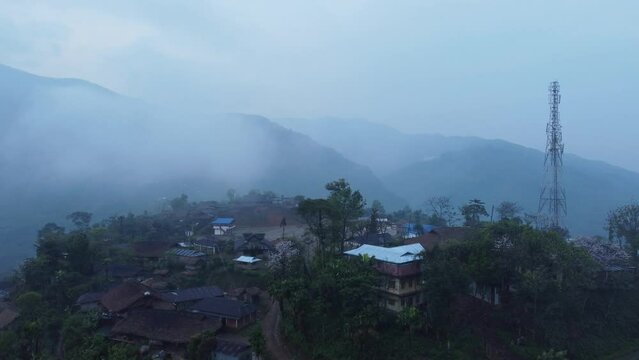
Sukhai Village
A Sumi Naga community guarding the last “Tiger Stones”—rocks carved with 18th-century hunting epics. The village “Moon Bridge”, woven from vines, sags perilously over a gorge but never breaks. Sukhai’s elders perform “Aki Kiti”, a firewalking ritual using hallucinogenic fern ash. The nearby Tizu River’s “Singing Sands” squeak underfoot due to quartz crystals. No roads lead here; the final approach is a 3-hour hike through vanilla orchards.
Varanasi Blogs
- Uttar Pradesh Cultural guide
- Places to visit in Varanasi
- Places to visit nearby Varanasi
- India’s most popular destination
- India’s archaeological marvels
Recommended articles
- Uttar Pradesh Cultural guide
- Places to visit in Varanasi
- Places to visit nearby Varanasi
- India’s most popular destination

